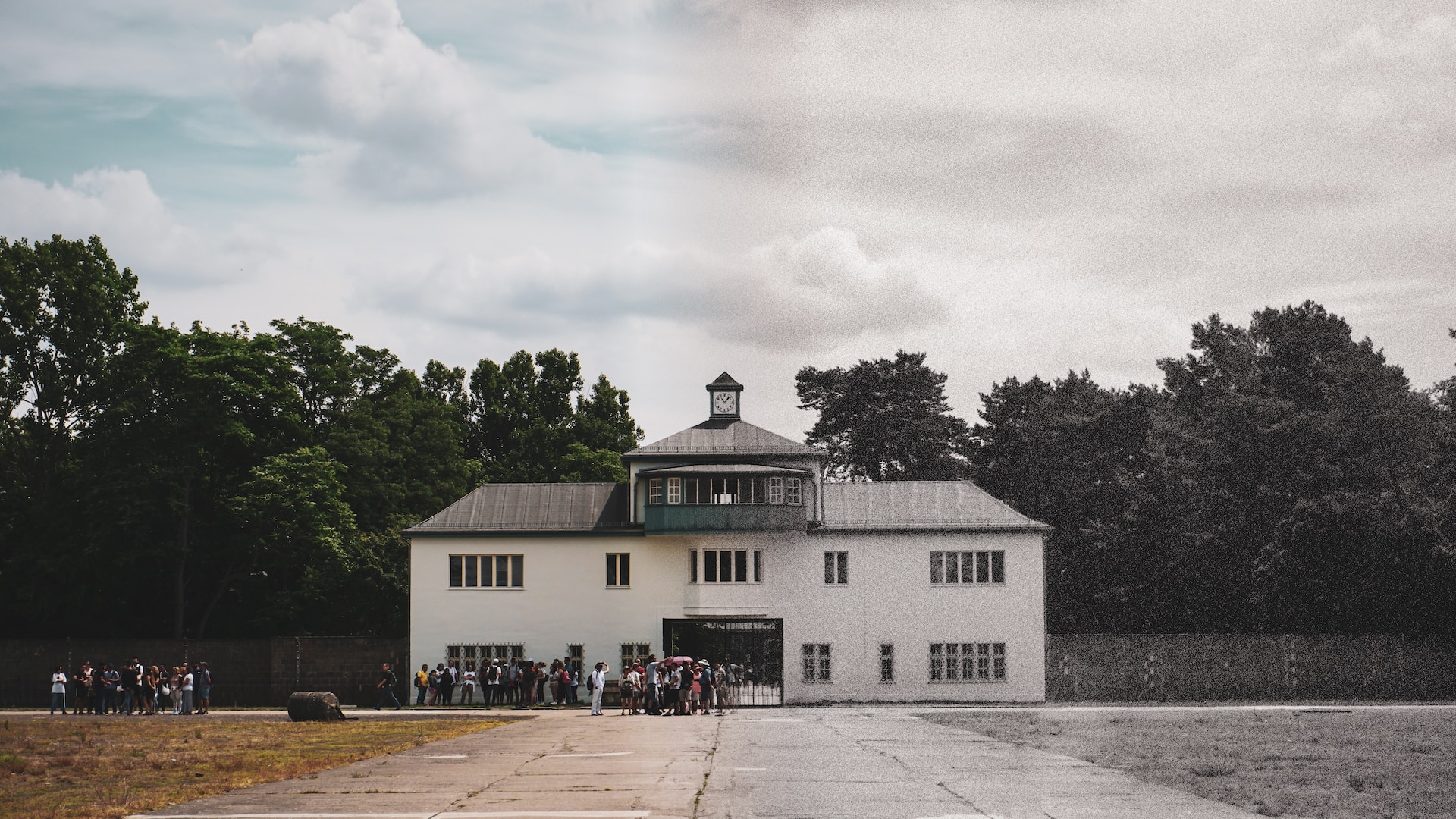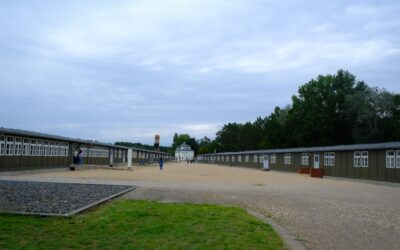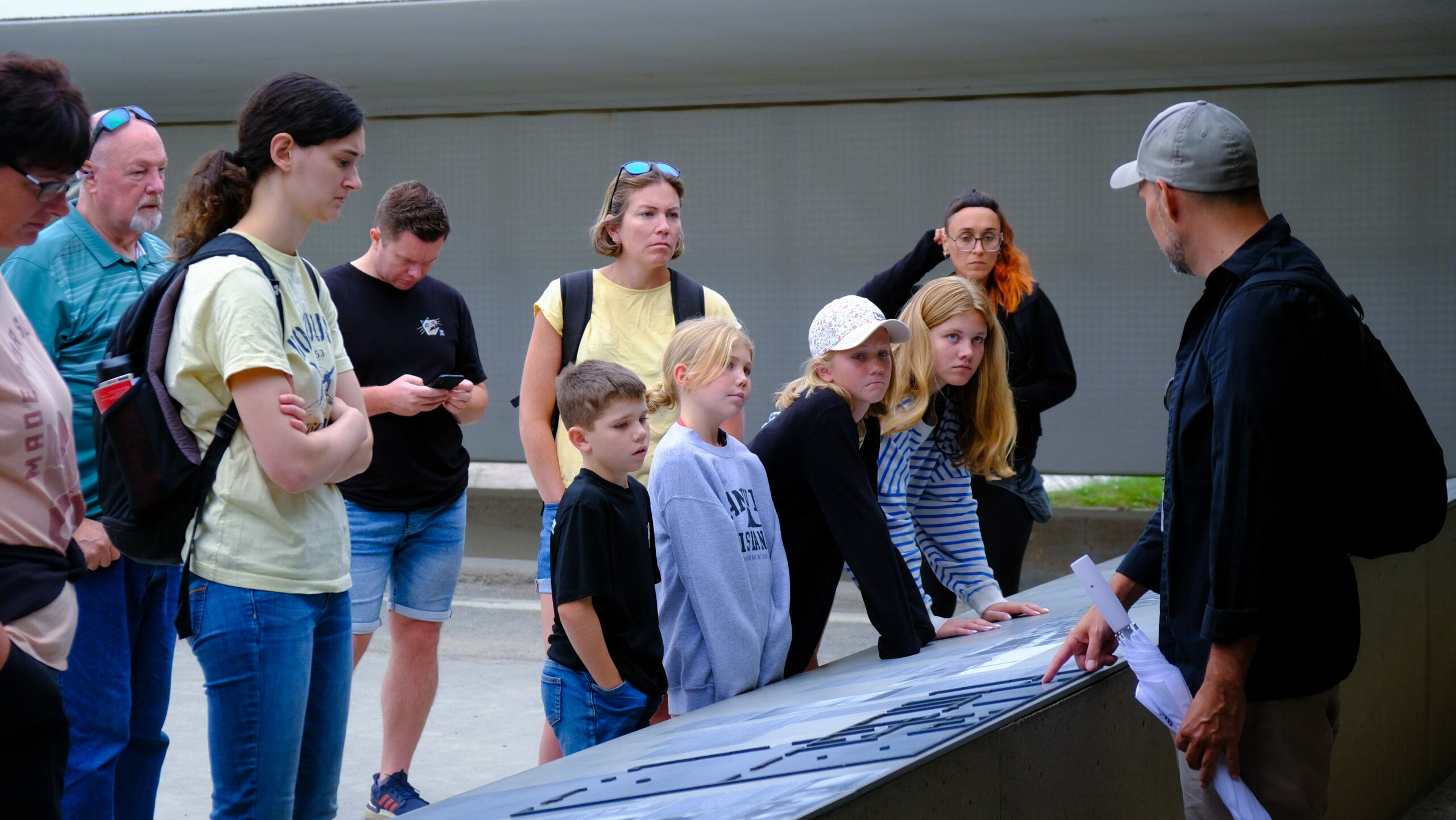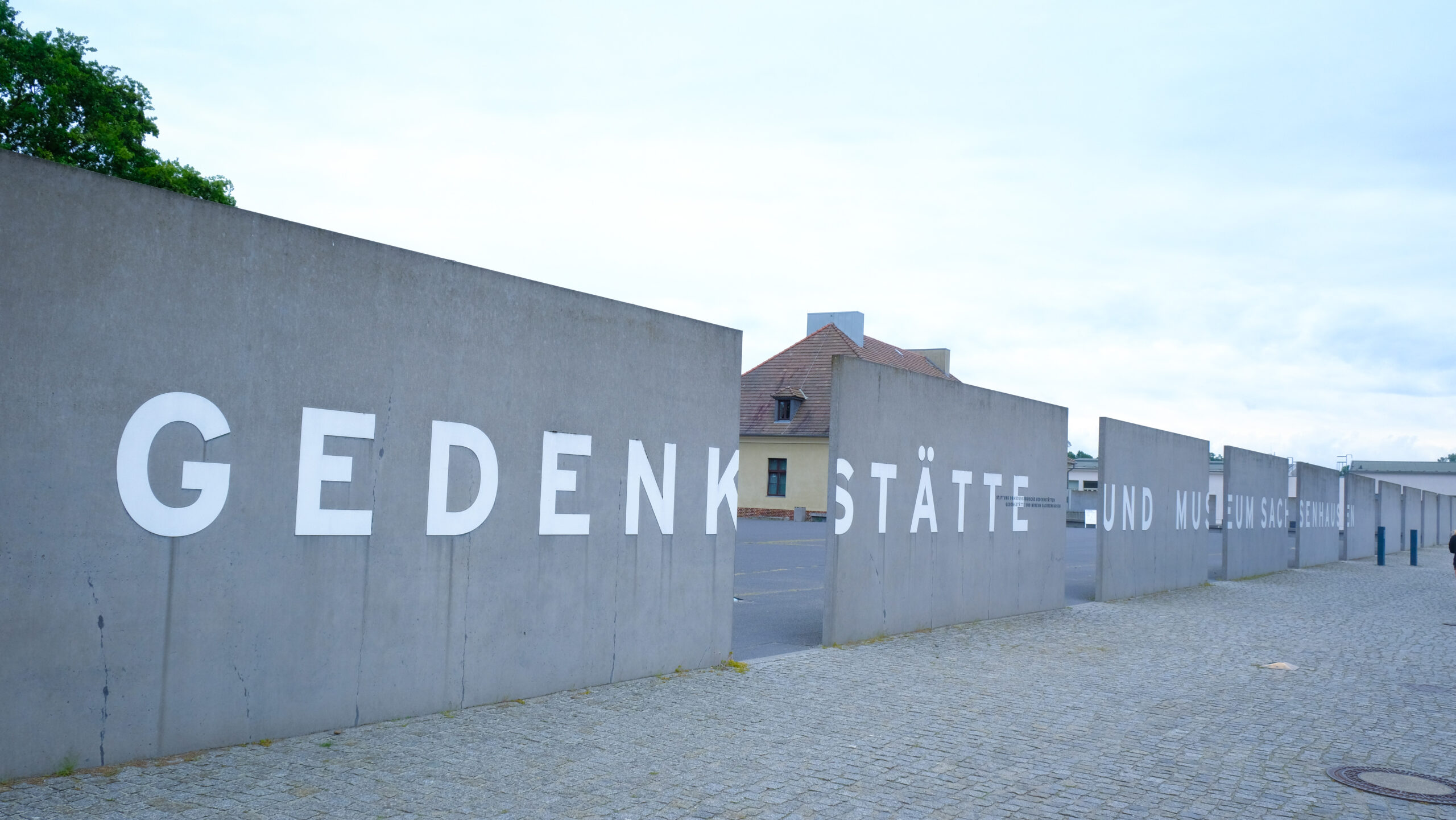It is very horrible to realize that concentration camps were set during the Second World War. Although there is still well documented today as Auschwitz in today’s Poland, there are many concentration camps outside of Berlin that occupied an important place during this period. It is now time to turn to the major camps as well as their historical relation.
The Sachsenhausen Concentration Camp
Oranienburg town in Germany is home of the first concentration camp, which was established by Nazis known as Sachsenhausen concentration camp. It was also a prototype camp, envisioning other camps. Founded in 1936, it mainly contained political inmates such as communists as well as members of Jehovah’s Witnesses.
A trip to Sachsenhausen might be more than a history lesson to some individuals, it may well be horrifying. Visiting the barracks and the gas chambers reconstructed and the memorial territory is a good way to realize the pains of suffering of the prisoners. Due to this it also highlights the need for people to remember and honor those whom lost there lives during this sad period.
Buchenwald Concentration Camp
Concentration camp like Buchenwald was in Weimar, a city situated in the central Germany. The camp was created in 1937 and it was reportedly one the largest concentration camps in German territory. First designed for political prisoners in Germany, it then encompassed minority Jews, homosexual, and other people that the Nazis did not like.
Studying the history of persecution beginning with the history of Buchenwald makes it easier to understand the magnitude of the experience. The camp memorial is the possibility to be enlightened by the terrible circumstances that took place there. For me it is a symbol of hope and encouragement, a means of pointing out that the human spirit can only be defeated through hate and prejudice.
Ravensbrück: A Women’s Concentration Camp
Ravensbrück is located in northern Germany and remained the largest women’s concentration camp during the period of the Third Reich. Functional from 1939 to 1945, this concentration camp initially housed women, political prisoners, Jewish women and girls, and women resistance fighters and other women deemed asocial or politically undesirable by the Nazis.
This paper, looking at Ravensbrück, thus offers a historical perspective on the gendered narrative of the Nazi persecution. To this end the narration of the story of the female resilience and resistance reinforces the gains made in understanding the camp system. And, as many people know, it should be a timely reminder of the EHRC’s duties as well as the need to promote equality and to respect any voice.
Dachau Concentration Camp
The Dachau concentration camp located near the town of Munich was the first permanent institution established by the Nazis and was a prototype for all the rest. Founded in 1933, it at first settled on attacking political enemies of the state; later it also targeted Jews, homosexuals, and others.
It is therefore necessary to understand this early evolutionary stage of Dachau as part of the unfolding system of the concentration camp. Museum introduction The historical Dachau concentration and extermination camp is presented through objects, documents, and exhibitions displayed in the Dachau Concentration Camp Memorial Site, thus enabling visitors to fully grasp the parties’ inhuman treatment of citizens based on grounds of ethnic and religious differences.
Conclusion
SS stealing money and materials from conquered Jews set up concentration camps outside Berlin which were horrific telling of determination of Germans during World War II. Some of these include Sachsenhausen, Buchenwald, Ravensbrück and Dachau which are just but but a tip of the iceberg.
In this way, descendants of the victims recognize tragic history and pay tribute to memorial and museum dedicated to these tragic events and people died in the camps. We should forever remember such inhuman treatments and should work towards ensuring they do not reoccur.




